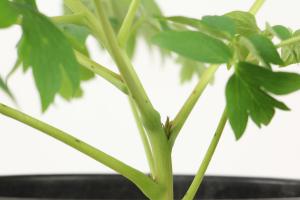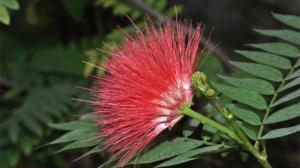When to Plant Pear Trees in Texas
Pear trees are a delicious fruit tree that can thrive in Texas. However, it's important to plant them at the right time in order to maximize their growth and fruit production. In this article, we'll explore the best time to plant pear trees in Texas and provide some helpful tips for planting and caring for your new trees.
Choosing the Right Variety of Pear Trees
Before you plant any pear trees in Texas, you need to consider the different varieties available to you. There are several options for pear trees that can grow well in the Texas climate, including:
Bartlett: This is one of the most popular pear tree varieties in the world, known for its juicy and sweet fruit.
Moonglow: This variety has a more crisp and tart taste compared to other pears, making it a perfect option for baking and cooking.
Warren: The Warren pear is a hybrid variety that grows well in Texas and offers a mild and sweet flavor.
Once you've selected the variety of pear tree that you want to plant, the next step is to determine when to plant them in order to ensure they have the best start possible.
The Best Time to Plant Pear Trees in Texas
The ideal time to plant pear trees in Texas is during the dormant season, which falls between November and February. During this time, the trees are in a state of rest, which makes them more resistant to transplant shock.
It's important to note that the timing of planting pear trees in Texas can vary depending on your specific location within the state. In general, areas that experience colder winter weather will have a shorter planting season, while areas with milder temperatures may be able to plant pear trees as late as February.
When planting pear trees, it's important to choose a location that receives full sun for at least six hours a day. The soil should be well-draining and fertile. If your soil is heavier, you can improve drainage by adding compost or other organic matter into the soil before planting.
Planting and Caring for Pear Trees in Texas
When planting your pear trees in Texas, make sure to dig a hole that's twice as wide and just as deep as the root system of the tree. Gently place the tree in the hole and backfill with a mixture of soil and compost, tamping down as you go to ensure there are no air pockets around the roots.
After planting, it's important to water your pear tree deeply, but infrequently. Generally, pear trees in Texas require about an inch of water per week, but this can vary depending on the weather and soil conditions. It's also important to avoid getting the leaves or fruit wet when watering, as this can lead to disease and pests.
In addition to regular watering, pear trees in Texas also benefit from regular fertilization. You can use a balanced fertilizer formula, such as 10-10-10, and apply it once a month during the growing season (March through August).
Finally, it's important to prune your pear trees regularly, which can help promote growth and fruit production. You should prune your trees during the dormant season, removing any dead or damaged limbs and shaping the tree as desired.
In Conclusion
If you're looking to plant pear trees in Texas, be sure to do it during the dormant season between November and February for the best results. Choose a variety of pear tree that will do well in your specific climate, plant in a location with good sunlight and well-draining soil, and care for your trees through regular watering, fertilizing, and pruning. With a little effort, you can enjoy fresh, delicious pears from your own backyard for years to come!

 how many times do yo...
how many times do yo... how many planted tre...
how many planted tre... how many pine trees ...
how many pine trees ... how many pecan trees...
how many pecan trees... how many plants comp...
how many plants comp... how many plants can ...
how many plants can ... how many plants and ...
how many plants and ... how many pepper plan...
how many pepper plan...































